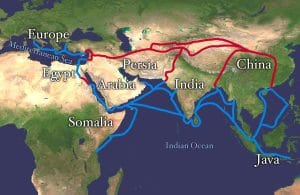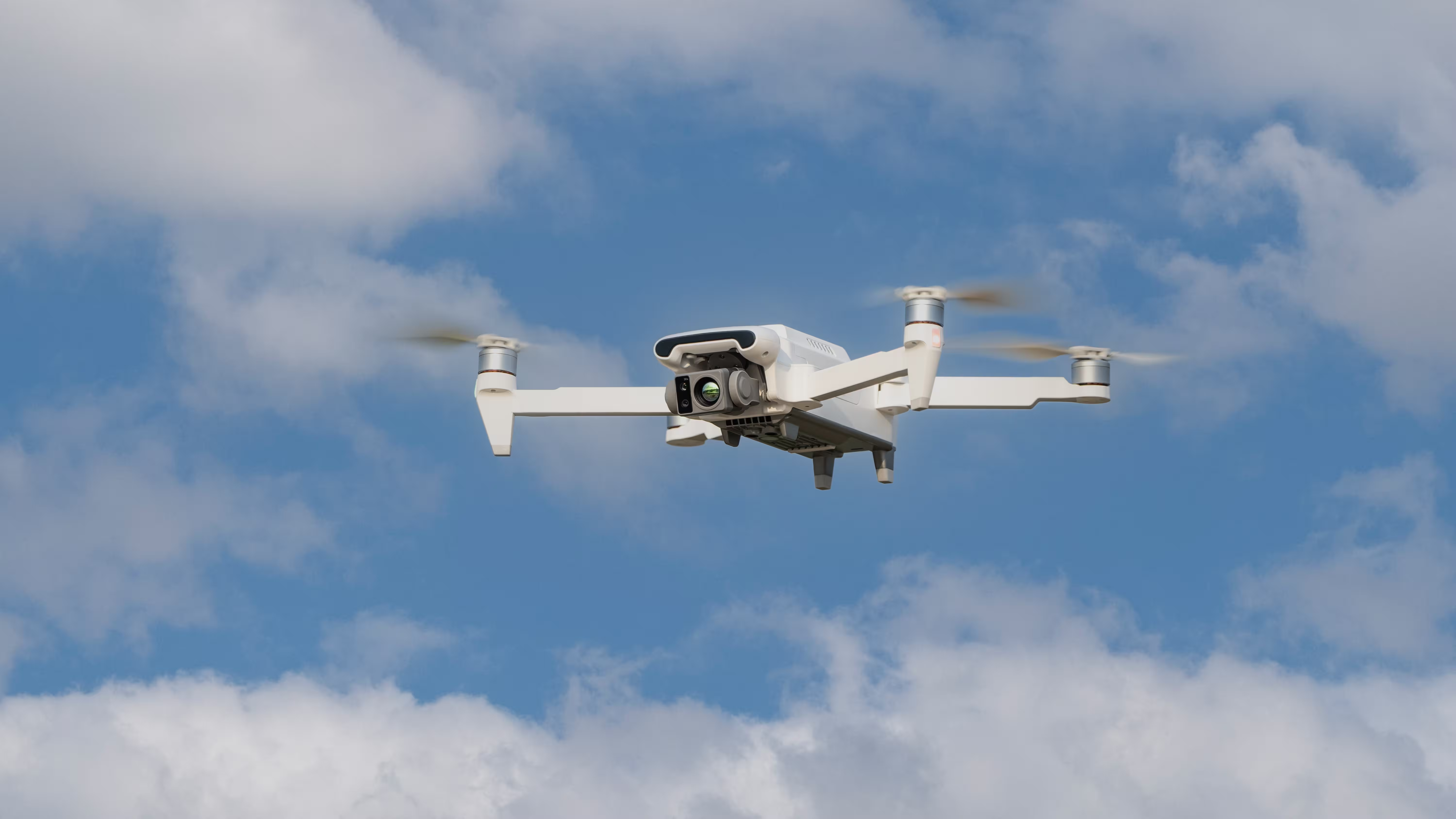Why Drones with Thermal Cameras Matter
Drones with thermal cameras are rapidly becoming essential tools across many industries. These UAVs provide a new perspective—literally and figuratively—by revealing heat signatures that human eyes or standard cameras cannot detect. Whether used for inspection, emergency response, agriculture, or surveillance, thermal drones enable smarter, faster, and safer decisions.
What Are Drones with Thermal Cameras?
These are unmanned aerial systems equipped with infrared sensors that detect temperature differences. Thermal cameras capture infrared radiation emitted by objects and convert it into thermographic images. With this data, users can:
- Spot heat loss in buildings
- Find missing persons or animals
- Detect electrical or mechanical failures
- Track intruders or wildlife at night
Top Advantages of Drones with Thermal Capabilities
- Enhanced Visibility: Operate in darkness, smoke, fog, and dense vegetation
- Non-contact Monitoring: Observe from above without direct interference
- Data-Rich Imagery: Thermal overlays offer deeper insights into heat-related issues
- Increased Safety: Keep people out of hazardous environments during inspections
- Reduced Costs: Avoid expensive scaffolding, helicopters, or downtime
Industries That Benefit from Drones with Thermal Sensors
1. Energy & Utilities
Thermal drones monitor substations, power lines, transformers, and solar farms to detect overheating parts, leaks, and insulation issues—without interrupting service.
2. Public Safety and Rescue
Thermal-equipped drones are used by fire departments and emergency teams to locate fire sources, trapped victims, or hot zones in burning structures and disaster areas.
3. Building Inspection
Roofers, contractors, and facility managers use thermal drones to assess insulation, air leaks, moisture ingress, and structural degradation—speeding up diagnostics and reports.
4. Precision Agriculture
Farmers use thermal imagery to spot irregular irrigation, water stress, and pest infestations by identifying temperature anomalies in crops and soil.
5. Security and Surveillance
Thermal drones can detect human or vehicle movement at night or behind obstacles, making them ideal for border patrol, critical infrastructure security, or event monitoring.
What to Look For in Drones with Thermal Cameras
Thermal Resolution
High-resolution thermal sensors (e.g., 640×512) provide more detail for inspection or search tasks. Entry-level sensors (160×120) are good for general heat spotting.
Radiometric Capability
If you need temperature readings per pixel for analysis and reporting, choose a radiometric thermal camera.
Dual Payload Systems
Some drones combine visual (RGB) and thermal cameras in one gimbal, allowing side-by-side or overlay views. This is helpful in interpreting the thermal data accurately.
Flight Time and Range
Opt for a drone with at least 30 minutes of flight time and long-range transmission (3-15km) to cover large areas or inaccessible sites.
Stability and Safety Features
Look for GPS-based hover, obstacle avoidance, return-to-home, and redundancy systems to ensure reliability in field operations.
MMC X8T: A Professional Drone with Thermal Payload
If you’re searching for a reliable, field-ready UAV with thermal capability, consider the MMC X8T. This heavy-duty drone is built for industrial and emergency operations. Key features include:
- Dual Gimbal Support: 640×480 radiometric thermal + 4K RGB
- Autonomous Mission Planning: Plan, repeat, and monitor complex routes with ease
- Industrial Flight Time: Up to 40 minutes per flight
- Weather-Resistant Frame: Operates in wind, rain, or high temperatures
- Discover more about the X8T →
FAQs
Q: Are drones with thermal imaging legal?
A: Yes, but local laws may limit thermal usage over private property or public areas. Always follow national drone and privacy regulations.
Q: Can I add a thermal camera to any drone?
A: Not always. Some drones support modular payloads, but many require integrated systems with gimbal balancing, power supply, and software compatibility.
Q: What’s the price range?
A: Entry-level thermal drones start at $1,500–$3,000. Professional systems like the MMC X8T are typically $2,000+ depending on payloads and specs.
Best Practices for Flying Drones with Thermal Sensors
- Fly early morning or late afternoon for better thermal contrast
- Use radiometric capture if precise temperature data is needed
- Avoid flying in rain or around reflective surfaces like glass or water
- Use software for thermal mapping and reporting
Related Resources
Conclusion
Drones with thermal cameras are no longer futuristic tools—they’re real, accessible, and vital across sectors. From inspecting critical infrastructure to saving lives in emergencies, their capabilities grow each year with better sensors, smarter software, and more reliable flight systems.
To explore high-performance thermal UAVs built for real-world missions, check out the MMC X8T—trusted by professionals worldwide.




Comments